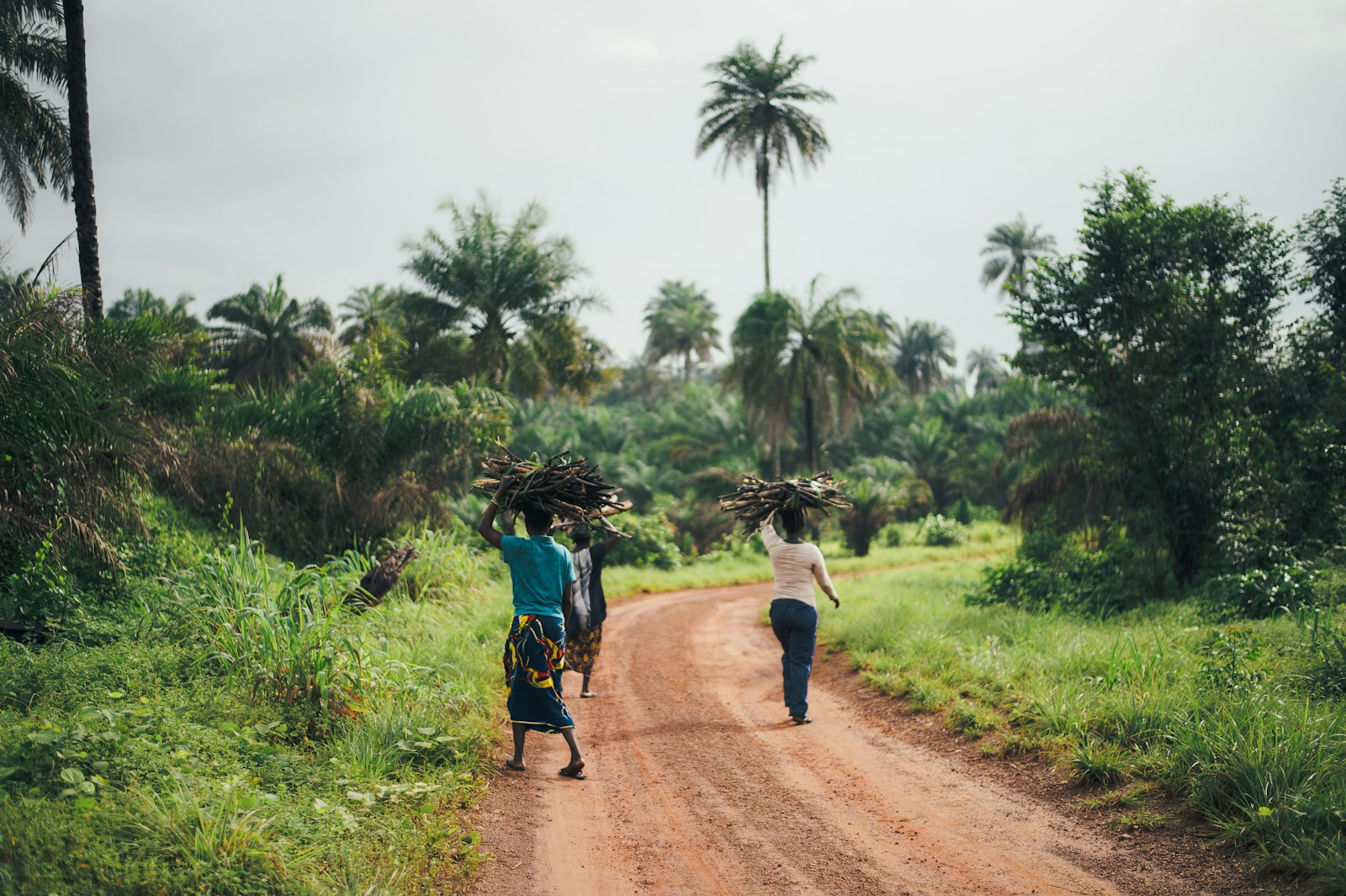Key Takeaways:
– The most severe floods in decades have wreaked havoc across Central and West Africa, leading to considerable loss of life.
– Over four million individuals have been affected by the floods this year, a threefold increase from 2020.
– The extreme weather phenomenon adds to Africa’s vulnerable state due to its susceptible position for climatic events.
– The situation in Maiduguri, Borno State’s capital, is critical, with over 600,000 people displaced.
– Aid from international entities is trickling in, but many victims feel they’ve been left to defend themselves.
Unraveling the Catastrophe
Central and West Africa are currently experiencing devastating floods, regarded as the worst in several decades. Torrential rains have swamped entire towns, with residences washed away down to their last brick. The calamity has led to unsettling sights, such as human bodies, reptiles, and crocodiles floating on what were once bustling main streets. More than 270 inmates managed to escape from a severely damaged prison facility in Maiduguri, the capital of Nigeria’s frequently terrorized Borno state.
The Scope of Damage
The recent floods have claimed over 1,000 lives and displaced hundreds of thousands of people. Chad, Nigeria, Mali, and Niger are among the most affected countries. Maiduguri, especially, is bearing the brunt. Authorities say local resources are severely strained due to the crisis scale. Hence, there’s an urgent appeal for international aid to effectively tackle the disaster.
The Flood’s Impact on Wildlife
In a disturbing development, floods have taken a tremendous toll on the local wildlife. The Borno State Museum Park announced that about 80% of its animals perished in the calamity. An unknown quantity of reptiles managed to escape the inundated enclosures, raising concerns among locals of potentially dangerous encounters. A hunt is currently underway to track down and secure these creatures.
The Human Cost and Response
The human impact has been undeniably tragic. People have been forced to abandon their homes en masse amidst chaotic scenes. Many report having no assistance from authorities except for meals provided at local schools and refugee camps. However, despite facing adversity, some displaced individuals have taken upon themselves to aid others. They’re rescuing people, recovering bodies, and even cooking meals for those sheltered alongside them.
The Effect on Infrastructure and Economy
Key infrastructure like dams and bridges have suffered destruction in the wake of the floods, adding to the complexity of rescue efforts. The collapse of two major dikes led to a staggering 540 billion liters of water flooding the city. Additionally, with up to 118 million Africans projected to be impacted by extreme weather by 2030, the cost of adapting to these events could range from $30-50 billion annually over the next decade.
The Ongoing Crisis and Future Risks
While some areas are slowly starting to recover, authorities warn of more impending floods. Parts of Maiduguri still remain submerged. As the city and the broader region brace for more potential rains, the path to normalcy seems dauntingly distant. The flood victims’ plight underlines the need for strategic, comprehensive, and immediate measures to mitigate future disasters and support those impacted.

